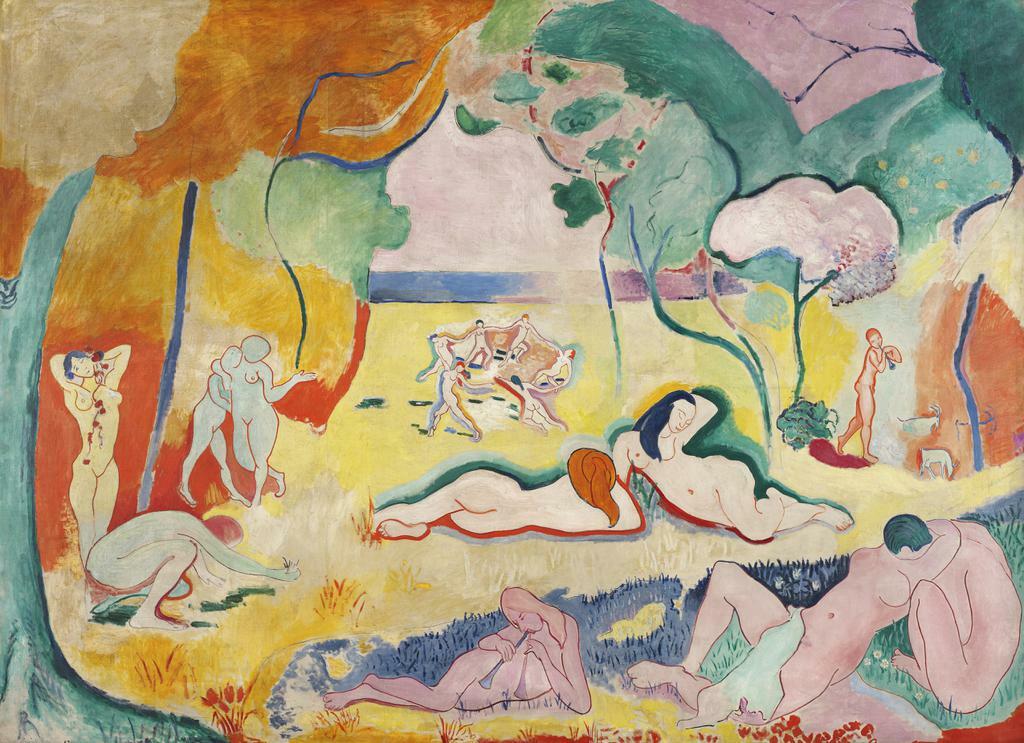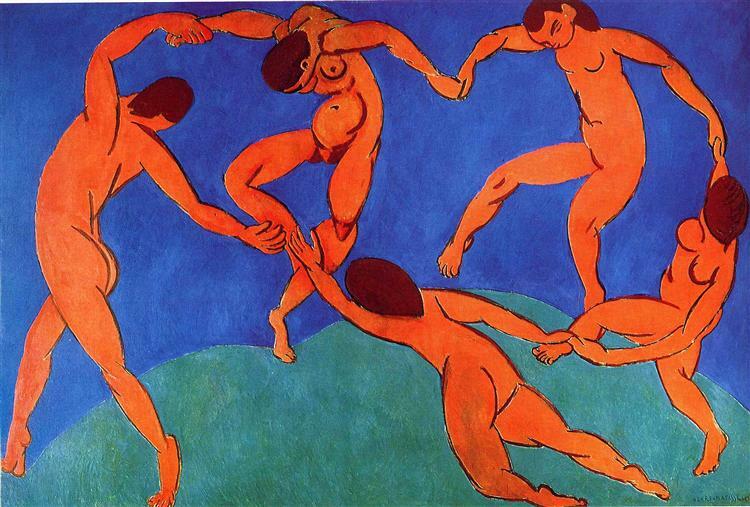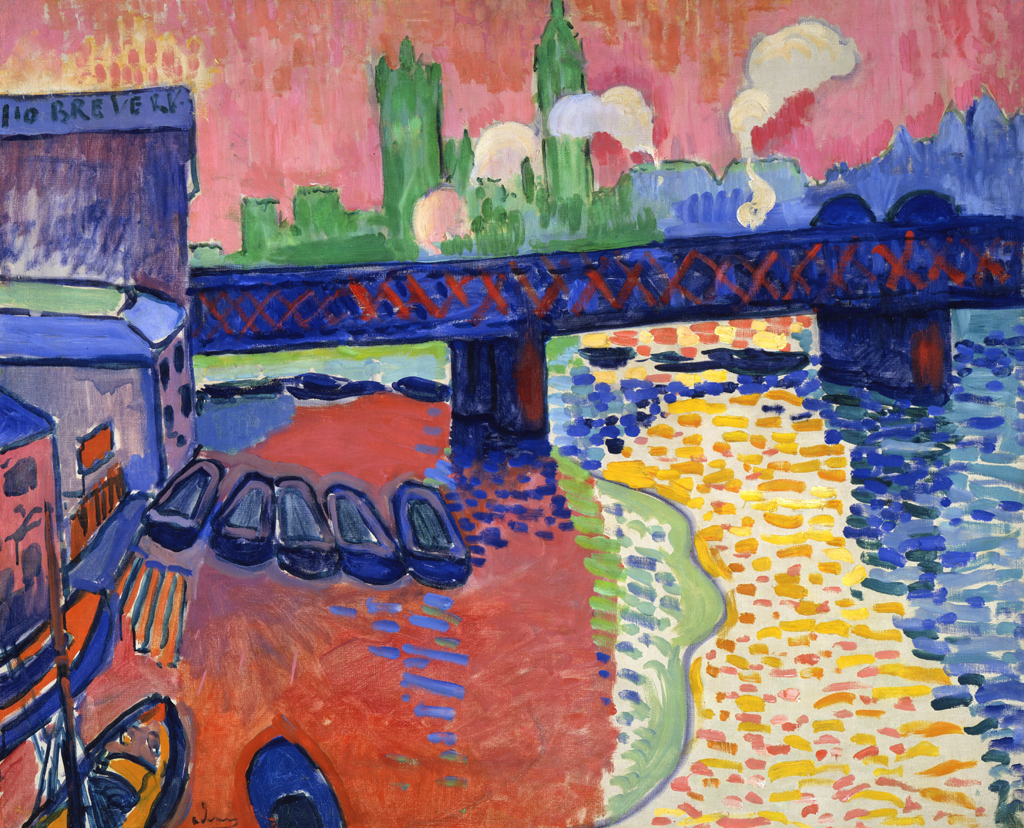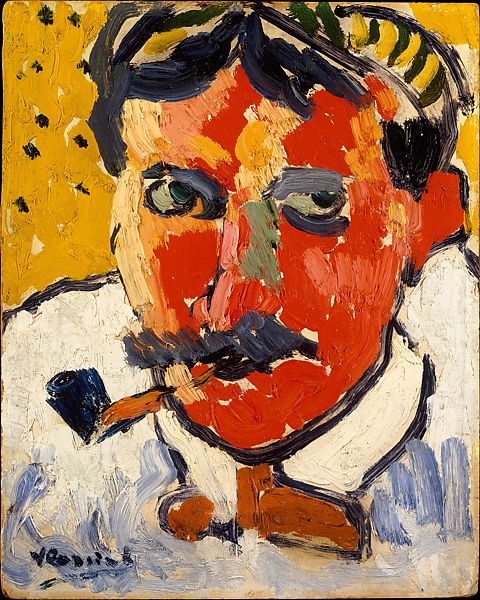The early 20th-century movement called Fauvism started in 1905 in France and lasted for just a couple of years. The best-known fauvist art was created by three amazing artists: Henri Matisse, Andre Derain, and Maurice de Vlaminck. The movement was short-lived but had a huge impact on the art of the 20th century. So let's find out why it's so special!
Fauvism got its unusual name when the art critic Louis Vauxcelles described these artists as Les Fauves - meaning wild beasts. The art critic saw their works in an exhibition placed next to classical marble sculptures and called the scene Donatello among the wild beasts. And despite the fact that it wasn’t a compliment he was giving them, the label stuck and today we know these artists as Fauvists!
The best-known fauvist art was created by three amazing artists: Henri Matisse, Andre Derain, and Maurice de Vlaminck. Their works are known for showing a firework of colors. They often painted cityscapes and landscapes but created portraits as well. And the bold, vibrant colors they used weren’t the colors that you get to see in real life when looking at an object or a place. Fauvists ditched the realistic values and showed the colors they wanted to show and not the ones you see in nature. Color no longer had a representational purpose. The ways in which fauvists used color were inspired by the art of magnificent post-impressionists and neo-impressionists like Van Gogh, Gauguin, and Seurat.

Now let’s take a look at some of the amazing fauvist artworks. Henri Matisse’s Joy of Life is one of the best-known fauvist works. This large canvas was finished in 1906. We can see that Matisse used a variety of intense vivid colors to show an arcadian landscape. The sea is painted in the background, nude bathers are lying around, there are people dancing and playing music - we really are looking at a scene of pure joy. In the central background, we can notice a circle of people that look a lot like the ones Matisse painted in his 1909 masterpiece The Dance.

Another great fauvist artwork is called Charing Cross Bridge and it was painted by Andre Derain. Just a few years before Derain, the famous impressionist Claude Monet painted the same bridge. By comparing the works of these two artists we can clearly notice the new tendencies that fauvism brought to art. In Derains’ work, the Parliament of London is painted green, the river Thames is shown yellow and blue, the sky is pink, and the shapes seem almost abstract. While Monet painted the scene in a typical impressionist way by focusing on the effects of light. Compared to Monet’s, Derains’ London certainly seems less grey and less moody.

Charing Cross Bridge, 1906 by André Derain
Let’s take a look at a fauvist portrait. Maurice de Vlaminck painted his fellow Fauve Andre Derain. We can see that this portrait doesn’t look realistic at all. We see a close-up of Derain’s face painted in red with hints of yellow and green, his head is outlined with bold black brushstrokes. Derain’s didn’t really look like this, but what we are presented with here is the artists’ vision of his sitter.

Fauvists represent a very important chapter in the history of modern art. They paved the way towards abstract art, but the ways in which they used non-naturalistic colors also influenced German expressionists heavily. They created many fascinating colorful paintings that are often a pleasure to look at, especially on a grey rainy day!
